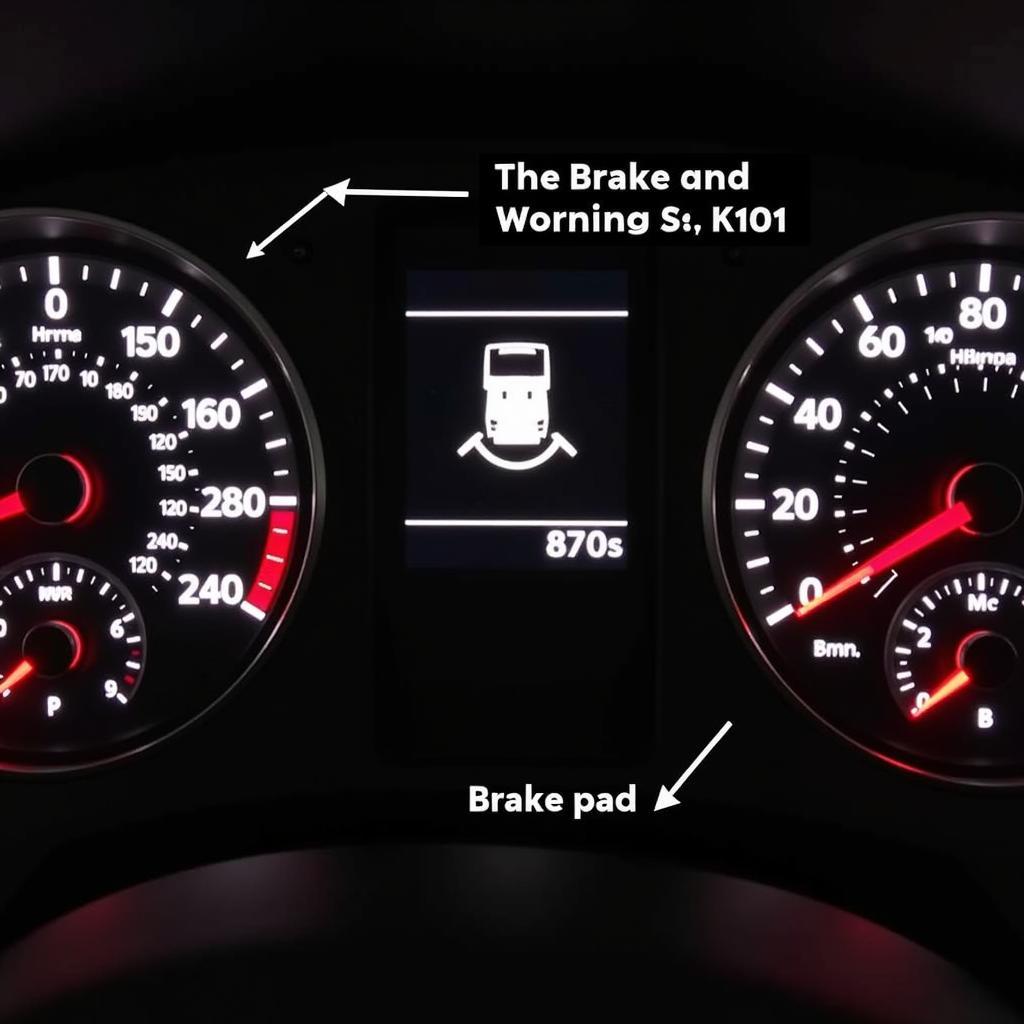Dead battery problems can leave you stranded and frustrated. Understanding the causes, symptoms, and solutions can help you get back on the road quickly and prevent future occurrences. This comprehensive guide will equip you with the knowledge and resources to tackle dead battery problems effectively.
Common Causes of Dead Battery Problems
A dead battery isn’t always a sign of a faulty battery. Several factors can contribute to this issue:
- Leaving lights on: This is a classic culprit. Even interior lights can drain your battery overnight.
- Extreme temperatures: Both extreme heat and cold can significantly impact battery performance and lifespan.
- Old age: Batteries have a limited lifespan, typically 3-5 years. As they age, their ability to hold a charge diminishes.
- Corroded terminals: Corrosion on the battery terminals can disrupt the flow of electricity.
- Parasitic drain: This occurs when an electrical component continues to draw power even when the car is off. If you think your car suffers from this, check our guide on battery is good but car keeps dying.
- Faulty alternator: A malfunctioning alternator won’t recharge the battery while the engine is running, eventually leading to a dead battery. Read more on how to diagnose if it’s your dead alternator or battery.
Identifying a Dead Battery
How can you tell if you have a dead battery? Here are some common signs:
- Slow engine crank: The engine struggles to turn over or cranks very slowly.
- Dim headlights: Headlights are noticeably dimmer than usual, especially when the engine is off.
- Clicking sound when turning the key: This indicates the starter motor isn’t receiving enough power.
- Dashboard warning lights: The battery or check engine light may illuminate.
- Malfunctioning electrical accessories: Power windows, radio, and other accessories may not work properly.
How to Jump Start a Car with a Dead Battery
Jump-starting a car is a common solution for a dead battery. Here’s a step-by-step guide:
- Gather your supplies: You’ll need jumper cables and another vehicle with a working battery.
- Position the vehicles: Park the vehicles close enough for the jumper cables to reach, but ensure they don’t touch.
- Connect the red (positive) cable: Attach one end to the positive terminal of the dead battery and the other to the positive terminal of the working battery.
- Connect the black (negative) cable: Attach one end to the negative terminal of the working battery and the other to a clean, unpainted metal surface on the car with the dead battery.
- Start the working vehicle: Let it run for a few minutes to charge the dead battery.
- Start the vehicle with the dead battery: If it starts, disconnect the cables in the reverse order of connection.
- Keep the engine running: Drive for at least 30 minutes to allow the alternator to recharge the battery. If you have a new battery and it’s already dead, find out why at new battery already dead.
Preventing Dead Battery Problems
Taking proactive steps can help you avoid the inconvenience of a dead battery.
- Regular battery testing: Have your battery tested at least once a year, especially if it’s more than three years old.
- Clean battery terminals: Regularly clean the battery terminals with a wire brush and baking soda solution.
- Turn off all lights and accessories: Double-check that all lights and accessories are off before leaving your vehicle.
- Consider a trickle charger: If your car sits unused for extended periods, using a trickle charger for dead battery can help maintain the battery’s charge. Especially crucial for those experiencing Prius battery issues.
 Mechanic Checking Car Battery
Mechanic Checking Car Battery
“Regular maintenance is key to preventing dead battery problems,” says John Smith, ASE Certified Master Technician. “A simple battery test can save you a lot of headaches down the road.”
Conclusion
Dead battery problems are a common occurrence, but understanding the causes, symptoms, and solutions can empower you to address them effectively. By following the preventative measures outlined in this guide, you can minimize the risk of future dead battery issues and keep your car running smoothly. Remember to have your battery checked regularly and address any underlying issues promptly. Don’t let a dead battery ruin your day!
FAQ
-
How long does a car battery last? Typically 3-5 years, depending on usage and climate.
-
Can I jump start a car with a completely dead battery? Yes, but it may take longer to charge enough to start the engine.
-
Is it safe to jump start a car? Yes, if done correctly following the proper procedures.
-
What are the signs of a bad alternator? Dim headlights, flickering dashboard lights, and a dead battery are common signs.
-
How can I prevent my car battery from dying in cold weather? Park your car in a garage if possible, and consider using a battery warmer.
-
Can a parasitic drain cause a dead battery? Yes, a parasitic drain can slowly drain your battery even when the car is off.
-
How much does it cost to replace a car battery? The cost varies depending on the type of battery and the vehicle, but typically ranges from $100 to $300.



